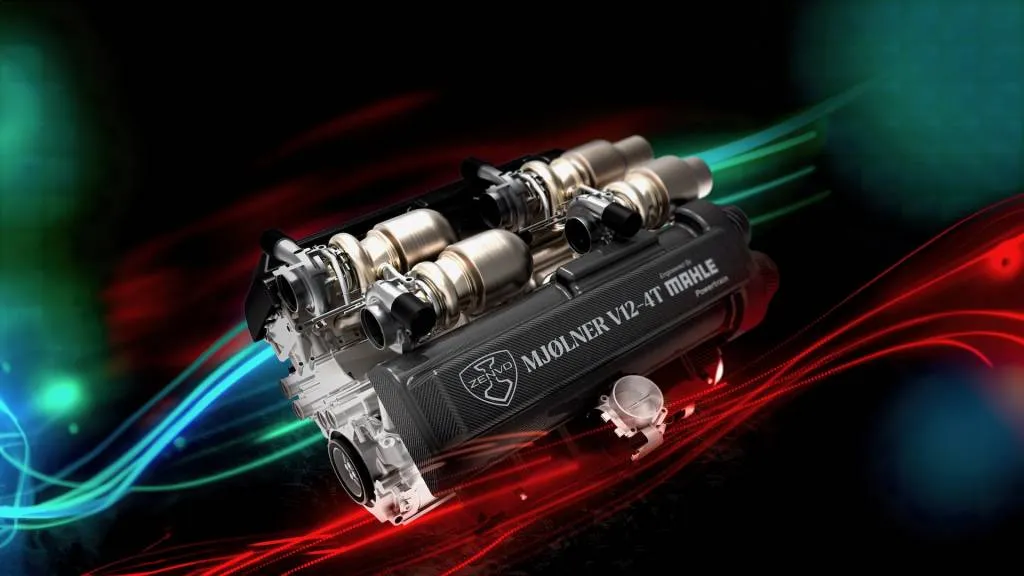Zenvo is set to debut its Aurora hypercar later this month, and on Tuesday the company revealed the fully composite central structure that underpins the car.
While the Danish performance marque's previous models have relied on tubular steel construction, the Aurora takes a much more advanced and lighter route similar to what's found in Formula 1.
At the center of the car is a carbon-fiber monocoque that also serves as the passenger cell, but instead of typical aluminum subframes mounting to the front and rear, Zenvo uses carbon fiber and other composites for the subframes, in essence creating one single, giant composite component.
Not only is such a design extremely rigid, it's also extremely light, with Zenvo quoting a weight of less than 265 pounds. It's also very safe, as it integrates energy absorbing crash structures similar to F1 cars.

Zenvo Aurora's central structure
Zenvo said the structure has also been designed to form part of the exterior of the Aurora.
Zenvo teamed up with Spain's Managing Composites on development of the structure. Managing Composites will also build the structure for Zenvo. The company also supplies the central structure for Hispano-Suiza's Carmen electric grand tourer.
The Aurora will be built in a run of just 100 cars, and Zenvo has said it will be certified for worldwide markets, meaning it should be street-legal in the U.S.

V-12 engine for Zenvo Aurora hybrid hypercar
Two versions are coming: Agil and Tur. Agil is the more hardcore version designed for track driving, while the Tur version is the option for grand touring. The Tur still has a top speed over 248 mph, though.
Making that performance possible is a newly developed quad-turbocharged 6.6-liter V-12 working with a hybrid system to deliver a combined 1,824 hp.
Zenvo plans to reveal the Aurora on Aug. 18, suggesting the debut will take place during Monterey Car Week which runs Aug. 11-20.
